Tag: 'web development'

For some of my personal sites that aren't the dynamic, I've moved them from ASP.NET to static site generation. I find it the right solution for a myriad of smaller websites.

I'm currently redesigning this blog (coming soon) and I've been using TailwindCSS to handle most of the heavy lifting. Being able to use the utility classes to quickly design the new version of the site, has been a ton of fun.

I've been logging a long time. My wife and I were talking about it. We realized that it's been over twenty years since my first nascient online attempts.

I've been diving deeper into the client-side development pool. One technology I'm really passionate about is TailwindCSS. In that vein, I've just completed a new course for Pluralsight called "TailwindCSS Fundamentals".

After working with lots of these little JavaScript libraries, sometimes I pine for something simple to create interactivity on websites. In this Coding Short, I investigate Alpine.js to see how it works and where it might be useful:

I'm happy to see that instead, they've adopted Pinia as an alternative. I am not in love with Pinia (as I use reactive objects more often) but for complex scenarios it reminds me of something closer to the Composition API.

I went on the WebRush podcast (with John Papa and Dan Whalin (et al.)) and had a discussion about reactive() and ref() in the Composition API that resulted in this video.
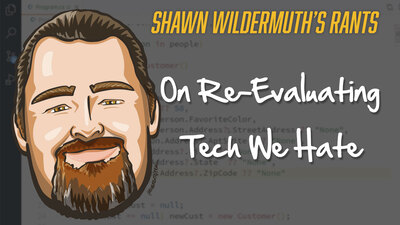
I'm back at my rants. In this sixth episode, I admit that I've been a bit hypocritical about my own dislike of some well known technologies.

Well, 2021 is finally over. I thought 2020 couldn't be topped, but 2021 wasn't much better for most.

I have two new Coding Shorts videos. Theh first is about Angular Template Forms and the latest is about using Vite for production builds.

TailwindCSS might seem like an odd way to build your CSS at first; but this would be viewing it through an opinionated framework (like Bootstrap). I think you might be missing the whole idea of TailwindCSS.

Running a build for your Vue is a common task for many Vue developers. The team behind Vue has been working on a development server to simplify this. This project is called Vite.

I've got a new video that I released a couple of weeks ago. I wanted to share this out. It's about how structural typing works in TypeScript. Typing in TypeScript is a different animal than C# (or most typed languages) so I want to introduce it in one of my "Coding Shorts". I hope you like it:

I was talking with one of my clients and they wondered how they could build individual components in Angular dynamically (or based on data/metadata). I knew this was possible but I hadn't done this myself so I thought I'd try to dig into it.

I'll try and keep this quick. I'm updating one of my Pluralsight courses and I am curious if what I'm thinking makes any sense.

I have a handful of web projects that I maintain. Some of these are sites like the one for my films (Hello World Film and Don't Worry, I'm Fine) but some others are community projects like Atlanta Code Camp. I've battled with the best way to develop and deploy these projects for quite a while.

I've talked about how the term SPA annoys me. I think that client-side frameworks are great for expanding websites, not replacing them. With that in mind, I like the idea of a handful of client-side apps enhancing websites, but not every framework makes that easy.

So many of the Vue demos I've seen fail to look at the authentication use case. For some of my course demos I've had to dig into it.

Vuelidate is reworking their project in light of Vue 3's release. It is only in Alpha, but I like the approach and integrated it into my Microservice demo I'm working on.

In the several years that I've been developing and teaching Vue, I've tried a lot of different ways to make ASP.NET Core and Vue play nice with each other. One of the strategies that I've seen employed (especially with Angular and React) is the Spa Framework Extensions out of Microsoft. Because Vue didn't work out of the box (or have a template) I dismissed this approach for a long time. Now that the platform has matured and there is an open source extension for Vue,

I've been digging into Vue 3 a lot lately. One topic that a lot of people seem to be discussing whether to use Vuex or not in Vue's Composition API (that is prominent in Vue 3).

I've been digging into Vue 3's beta for a while now. I like the new composition API, but it looks like there weren't that many quickstarts for getting a Vue 3 project going.
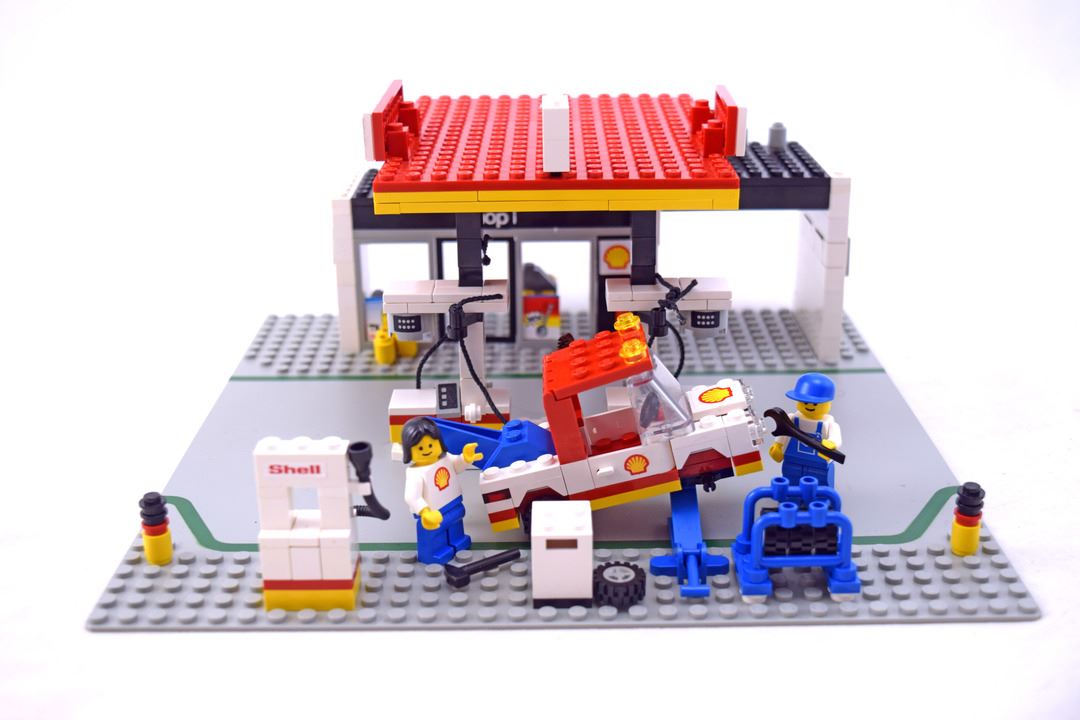
In my spare time, I've been working on a micro-services example to try and make a minimum viable micro-service using ASP.NET Core. To make things that much harder, I've also decided to use Vue 3 for the front end. In for a penny, in for a pound.
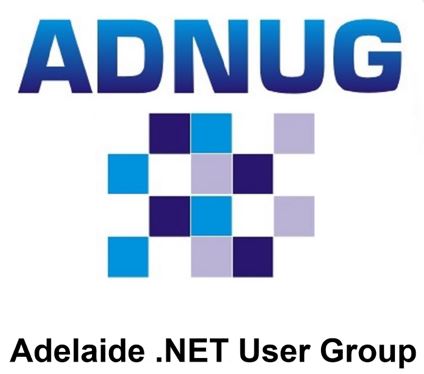
Yet another of my talks that resulted from being bored at home and on Twitter. I had a great time talking to this great group.
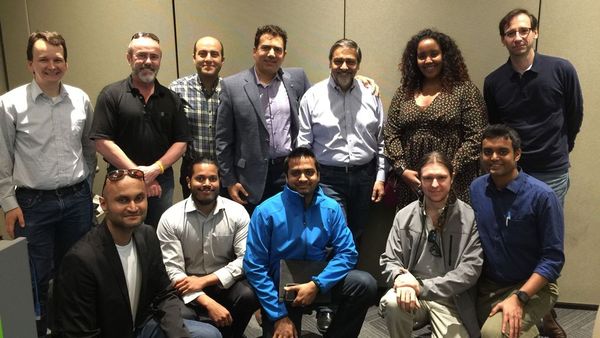
I recently offered my speaking skills on Twitter since I'm stuck at the house. My wife really wants me out of the house, but luckily I like the sound of my own voice enough that virtual talks fill that same void.

As Vue 3 continues it's relentless Beta drive (with almost daily Beta builds), all of us Vue developers have to get ready for changes. The one I want to mention today is the changes in mounting a new Vue object.

With Vue 3 now in beta, some people are starting to look into it deeper (including me). While a lot of the features are meant to improve the performance and speed, the Vue team did decided to take out a feature lots of people use: filters.

As we're all in this crisis together, Pluralsight has opened up their entire library for free in April. No Credit Card needed! Just sign up.

The last couple of years I've needed a couple of new sites to promote things I'm working. Because I'm a .NET developer, my first instinct is always to just File->New an ASP.NET site. But should I?

Assuming you read my last post, you should be ready to take your ASP.NET Core project and deploy it to Azure App Services. This post, I'll walk you through the process.

I've been using Azure App Services (e.g. WebApps) for a few years now. I've been mostly happy with the result. Though I've had some trouble with the way that the App Service environment works from time to time (mostly with the version of .NET Core that is running).

The new year is coming soon and that means it's time for my yearly look back at my life and industry. This was an odd year for me since I didn't do many conferences and stayed home to solve some issues and work on the film.

I'm working on an example to explore some more complex modeling in EF (for SQL and NoSQL) but that's not ready so I thought I'd use it as a bed for some Validation testing I'm doing. The result is some exploration of the FluentValidation project that I haven't had time to dig into until now.

I may be very late to the party, but once Gulp 3.x stopped working with recent versions of Node, I've been forced to update my projects to the newest version of Gulp.
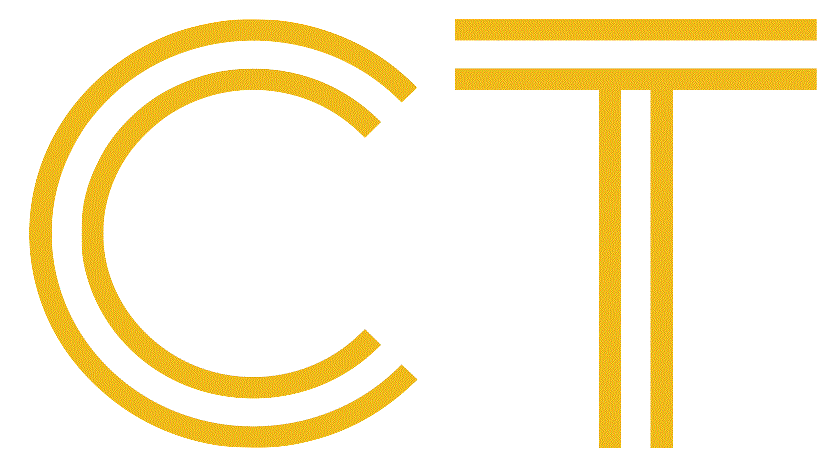
I was delighted to spend some time today at Connect.Tech conference. Great web conference and it was packed. So many excited people who wanted to talk about web technologies!

Endpoint Routing was introduced in ASP.NET Core 2.2 but has been made a first class citizen of ASP.NET Core in 3.0. While you're old projects will continue to work without it, upgrading to Endpoint Routing will improve your applications.

I'm finally getting around to looking at updating my examples and courses to 3.0. This post is based on .NET Core Preview 8 so this might change in the future.

I started writing services in websites back in the .NET 1.0 days. Originally I was doing just POX (Plain Old XML) services in a very crude way so we could get the job done for our internal systems back in the early 2000's.

I've been updating the Atlanta Code Camp website to improve our administration workflow. With the Call for Speakers coming up soon, I wanted to make sure we had a good way of picking only the best talks.
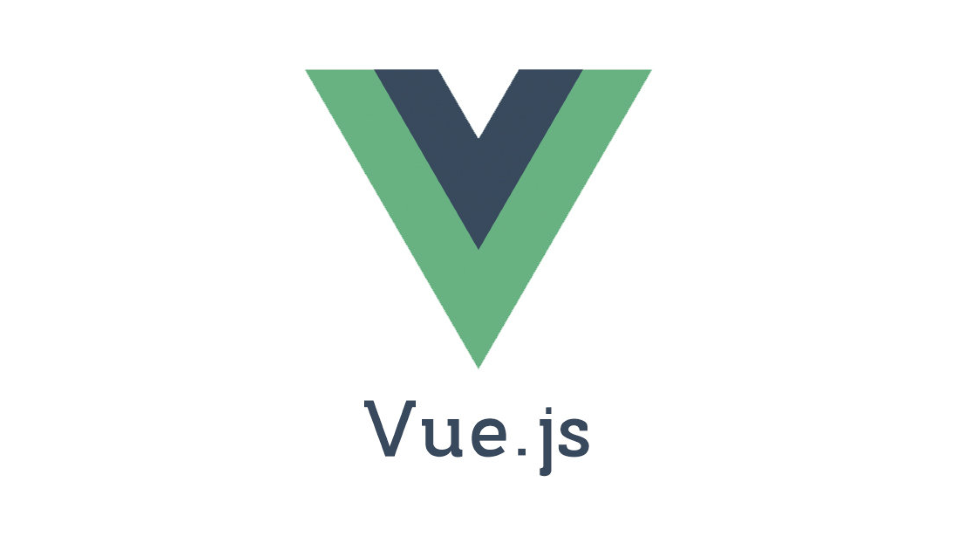
There is a lot of buzz around the internet about Vue.js 3.0's announcement about a new composition model. There are a lot of questions about it and I think much of it is 'they moved my cheese' more than 'they're breaking everything'.

ASP.NET Core 3 seems to be taking a similar tact to version 1 as it is adding a lot of functionality and phasing it in with different previews. While a lot of the articles seem to be focusing on the non-ASP.NET features (e.g. WPF, WinForms, etc.), I thought it would be nice to let those of you who are ASP.NET devs know what is in Preview 6 just for you.

As you might have heard, GitHub has created it's own package registry. On the face of it, it might just feel like an opportunity to get more 'buy-in' into using GitHub, but I think something else is going on.

One of the first times I started working with Vue, I was concerned about it's long-term success. I was coming from Angular and their ecosystem is huge.
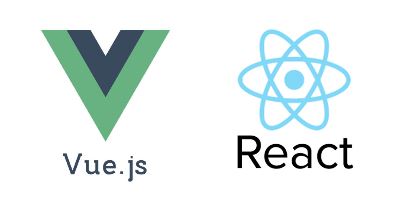
I have to admit, my first experiences with React several years ago were meet with a lot of cynicism. The idea of mixing JavaScript and Markup made me clutch my pearls to the core.

If you're building larger scale Vue objects and you're not using Vuex to centralize your state, please stop and go learn Vuex. Really. For those of you still here, sometimes it's helpful to be able to monitor state changes to perform other tasks. For example, to send messages or communicate with servers that aren't about state (e.g. SignalR is a good example). That's where Vuex plugins come in. A Vuex plugin is a simple function that is called once during the setup of a Vuex store. Typically you'd just create the function/arrow function taking an instance of the store:

I had the opportunity to speak at the Atlanta Vue Meetup recently. This was a great group of people who had mostly had experience with Vue.js.

I had a great time presenting to the Atlanta .NET Users' Group last night. I talked about where I think Vue.js.

The Vue team has been working hard. Much like Angular, the Vue team has a command-line interface (CLI) to help develop projects with Vue.

If you're not in the south part of the Netherlands, you might have missed my most recent appearance last night. Great hosts, guests and sponsors make the night and easy and fun talk.

Had a great week here in Warsaw! Got to see some great sights and great developers!
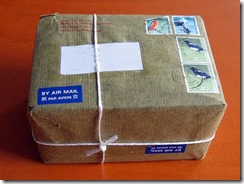
I've been advocating using NPM for a client-side package manager in the last few months since Bower support has been depreciated. And while this works pretty well (using Scott Allen's UseNodeModules middlware) to allow you to just point at the NPM folder.

I know I am not going to make everyone happy with this post. I've been hoping to not have to make this post, but Entity Framework Core has finally added support for Lazy Loading, so it's time.

Not John BoltonThe notorious quip by Mark Twain came to mind today as I was reviewing comments to my recent blog post about Blazor, a lot of the comments talked about WebAssembly being the death of JavaScript.
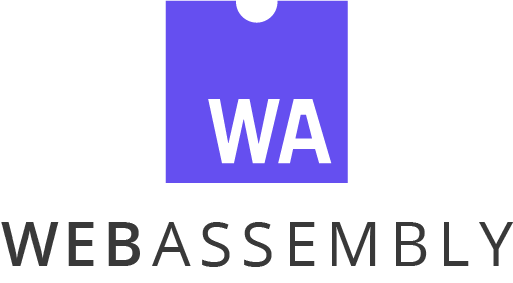
In case you haven't been following the news about WebAssembly (e.g. WASM), it's a new way to build something akin to bytecode for the browser. The latest versions of most browsers now support it including Chrome, Firefox and Edge.
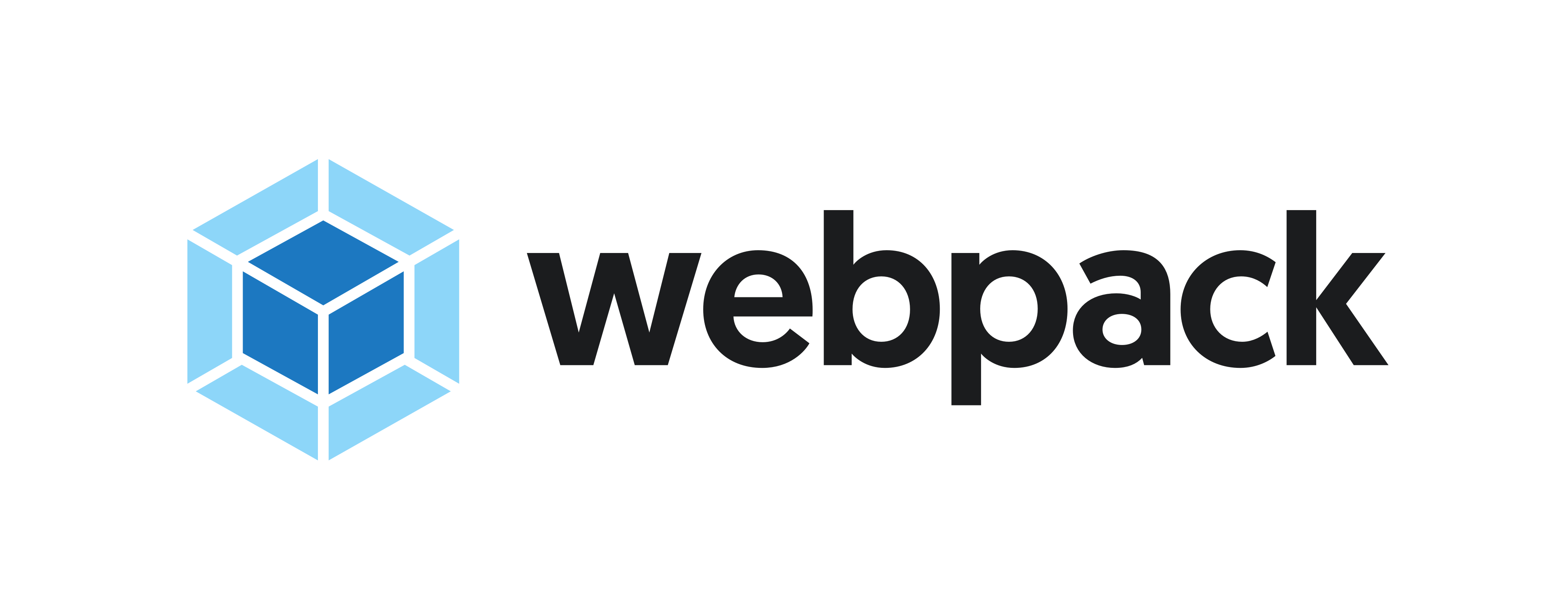
Since I do a lot of web development and teach web dev on the Microsoft platform, I spend a lot of time in tools that are node-based. If you don't know already, gulp, grunt, webpack, etc. all use node to run themselves.

I've been digging into Vue.js a lot lately. I'm working on a new course on it that will be released on May 1st.

As many of you know, I'm a Pluralsight author and I've been writing courses for the site for a long time now. I have over twenty courses to my name. While my ASP.NET Core courses get a lot of attention, I've been trying to help people get started in general web development through my courses.

I’ve been feeling kind of old school lately. I’ve been pining for just writing client-side code and watching it work. That’s not the world that we’re in these days.

I know I’m going to upset some people, but hang in and read the whole article…really. In updating my blog recently, one of the changes I wanted to make was to update my use of the JavaScript framework I used for the contact page.
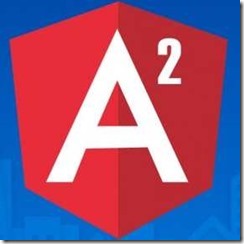
I know this was a “click-bait” post name, but so be it. I’ve been doing some small Angular2 in a recent project (rebuilding the new Atlanta Code Camp website) and I’ve been frustrated with the amount of ceremony. But I may be misunderstanding Angular2 so bear with me.

As you can see, I recently updated this blog. I wrote the new blog using ASP.NET Core RC1 (as related technologies) so when time came to deploy it, I had some issues.

I want to thank all the great attendees I met at this week’s DEVIntersection (Fall 2015) conference in Vegas! Richard Campbell and company put on a great show!

I had planned on finishing these a long time ago, but working on my Pluralsight course about ASP.NET 5 distracted me. Sorry about that.

NOTE: This post has been updated for changes in Beta 7 and later.

I’m on the World Tour and this stop is in Delhi, India! While here I had the fun opportunity to give a talk on AngularJS to a great group at Sapient in Delhi, India.

In this second post in my six-part series on ASP.NET 5, we’ll take a look at how your ASP.NET 5 applications will be configured upon startup. The startup in this new version of ASP.NET 5 is very different, but hopefully is clearer and easier to debug. At least that’s my impression so far.

Over the past few weeks I’ve been playing with the new ASP.NET 5 (also known as ASP.NET vNext) bits using Visual Studio 2015. I’m trying to make sense of the new changes and how they will affect how I build websites. I’d like to share some of what I’ve learned about the new stack.

I’ve been working on a new web site wholly using the ASP.NET 5 (e.g. vNext, MVC6, etc.) for the past couple of weeks. This means using Visual Studio 2015 Preview and the new project types in ASP.NET 5.

I might be. In many of the projects I help with we have to handle back-end and front-end coding for web projects. This means I need the best in breed in tools no matter where I’m writing code.

Last week my seventeenth course for Pluralsight! I love building content for Pluralsight and it allows me to teach technologies that I am utilizing in my own life. This new course is no different.

So AngularJS team finally is talking more publically about what they’re trying to do. At the ngEurope conference last week, they talked very opening about their new strategy for AngularJS 2.0 and it has a lot of people freaked out. Sounds a lot like some reaction to Silverlight in fact.

I know that the title of this post may be a bit of link bait, sorry about that. But having been in this business quite a while now, I am noticing a trend. A trend that worries me.

I am getting married and that means I get a bunch of development tasks to do for the wedding planning. I guess it’s my own fault, I did propose with an app.

I am a developer first. I’ve become my family’s IT department but not by choice. This is the fate of most developers I know.

I recently had the pleasure of talking to the “A Bunch of Devs” user group in Atlanta about Web API. I had never spoken at this group and I had a great time.

As some of you know, I’ve been delving into Node.js for a new Pluralsight course that is coming out soon. One of the interesting aspects to me is the idea of server-side view engines. As an ASP.NET (and ASP before that) guy, I’ve been using server-side view engines for a long time…not that we always called them that.

Depending on your environment, you’re probably already using some package manager for your server-side code. Gems for Ruby, Nuget for .NET, NPM for Node…whatever. In any of these cases you’re used to being able to get the piece of code you need and the other requirements. For the web this is more difficult…or used to be.

I’ve been getting good feedback on my Web API course on Pluralsight but some of the comments have concerned me. Lots of the students (from my small sample size) seem to be trying to infer how to *design* an API, not just implement one. That course is specifically about how to implement an API.

Are you starting to work with Bootstrap 3? If so, maybe I can help. I’ve recently released a Bootstrap 3 course on Pluralsight that covers many of the new features including how to migrate from Bootstrap 2 to 3.

I recently recorded a new module for ASP.NET Web API course (on Pluralsight) to cover the new features of Web API 2 (it’s not out yet, soon…I promise).

Are you in the Louisville, KY area this Thursday? I will be! I’ll be at the Louisville .NET Meetup Group talking about Web API..including Web API 2 that was recently released. The details of the event are:
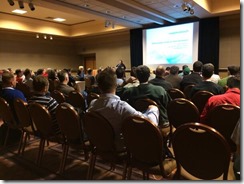
I finished up my post-con for AngleBrackets today and am ready to head home. I had a great time and just spectacular attendees who had great questions! If you have a chance to go to AngleBrackets (or it’s sister conference, DevIntersection) make the trip. They’re coming to Orlando this fall!

Most developers I know simply hate web design. As far as many developers are concerned CSS is evil. What CSS does for the web is magical but can be painful for developers that are used to functional or structural languages.

is going through their release cycle now and that means that AngularJS 1.2 is going to be released soon with some specific changes that you'll need to address. I'll be updating my Pluralsight Course with the 1.2 changes as soon as the new version ships.

Thanks to everyone for attending my sessions at this year's DevLink 2013 conference in Chattanooga, TN. I had a great time at the aquarium and enjoyed meeting so many of the attendees. If you get a chance, you should add this to your conference attendance next year.
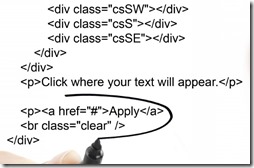
Building a Site with Bootstrap, AngularJS, ASP.NET, EF and Azure". I had the opportunity to use Zen Coding (renamed Emmet for some reason) in the course. We've released a snippet of the course on YouTube that shows off this cool productivity enhancement that Web Essentials powers. Caveat: Web Essentials doesn't work with free versions of Visual Studio.

I want to thank all the attendees, speakers and my compatriots in planning the Atlanta Code Camp. I had a great time helping make this event the best one we've had so far. Some of the numbers:

One of the tasks that I found cumbersome when writing JavaScript is simple collection manipulation. I have gotten spoiled in C# with LINQ. Sorting, filtering, shaping and more is easy with LINQ but what about in JavaScript? Underscore.js to the rescue.

Are you getting ready to build a new website? Are you interested in shortening your development by using Bootstrap, AngularJS, Azure and ASP.NET? If so, my new course might be just for you.

I recently helped the Atlanta Code Camp effort by building them a new website. You can see it here: Atlanta Code Camp. I am pretty proud of what I was able to accomplish in the scant number of hours I had to build it. It's not done as we need to improve it when we have the speakers chosen and set up the schedule, but so far I am pretty happy with it.

I had a great time at yesterday's online DotNetConf. I think my "Mobile-First Responsive Web Design" talk went pretty well. You can see the talk on YouTube (embedded below). The talk was focused on designing websites to be efficient on mobile platforms by starting with your design on a mobile and scaling up to tablets and desktops.

Like many of you, I've been itching to see what Anders had up his sleeve and I wasn't disappointed yesterday when they announced TypeScript. After teaching all day, I took a quick look at TypeScript (and I do mean quick).

I had a good time doing a couple of talks today. If you joined me online, thanks for coming. For those who missed my talks, they will be posting the videos on Channel 9. As promised you can get the slides and examples here for my talks:

After a long gestation, I finally completed my Web Debugging course for Pluralsight. This new course covers the details of using the tools in the browsers to debug layout, JavaScript, CSS and networking. While the course shows you how to find the tools in all the major browsers, the focus is using Firefox and Firebug. Though the techniques shown in Firebug apply pretty seamlessly to all the browser tools. This course is not .NET specific, but should be useful to any web developers.
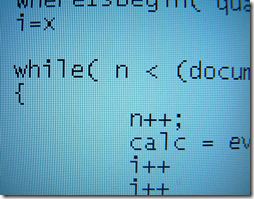
This is another in my series about (hopefully) interesting JavaScript constructs that might surprise most C# developers. You can see others here: JavaScript for the C# Guy.

This is the ninth of ten parts of this blog post. The topics will be:

I will be returning to my 10 part series on Modern Web Development soon, but I have a quickie post that hopefully will help some of you.

This is the sixth of ten parts of this blog post. The topics will be:

I am headed to Build Windows next week and I have a lot of hopes for the conference. I haven’t been to a conference as an attendee alone in quite a long time. I am anxious to see what the v.Next is out of Redmond.

Url: http://www.dotnetrocks.com/default.aspx?ShowNum...

I was visiting MediaMonkey's Forums (note, a great tool for organizing your music) and when I posted a message to the forum they showed this great anti-spam device:

